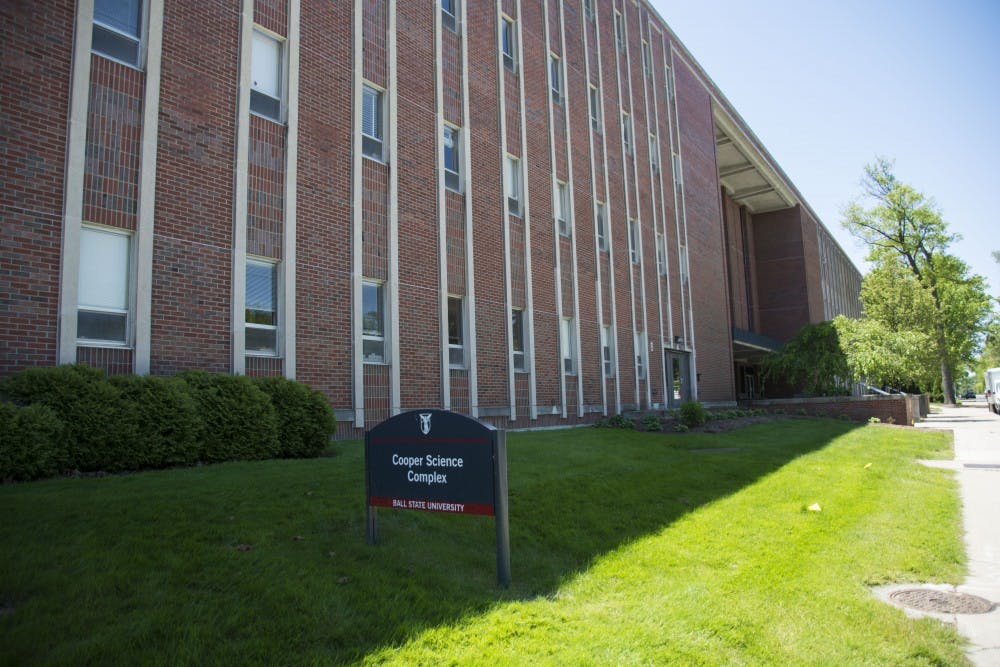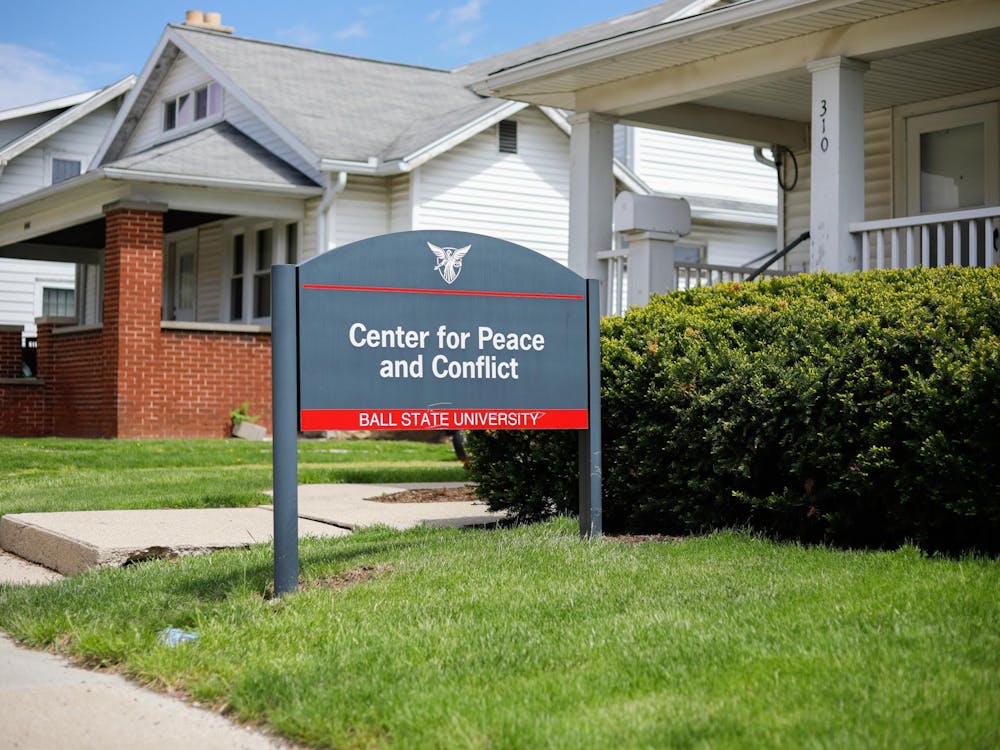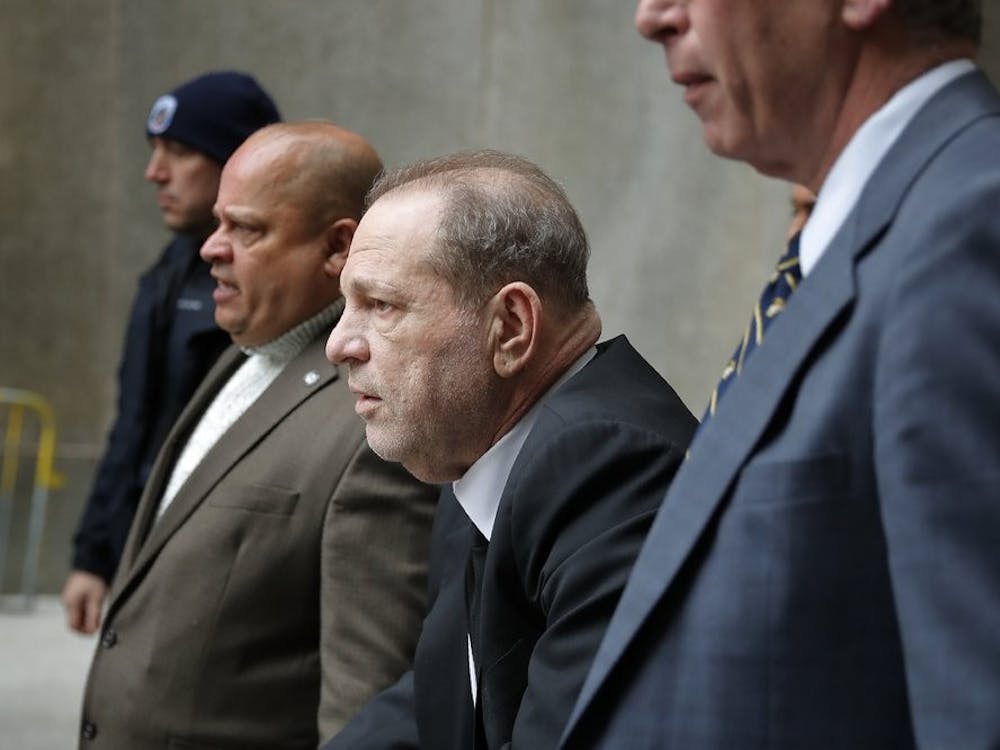The Cooper Physical Science Building was built in 1970, and its most recent renovations took place in 2001.
Following recent news about the possible vacancy of the Cooper Physical Science Building, some students are petitioning to state legislators about replacing the building altogether.
RELATED: University Senate discusses affordable textbooks, Cooper renovations
Olivia Manahan, a senior chemistry major, said many students are sending letters to their Indiana representatives and senators expressing issues about the "outdated building." The Ball State Student Affiliates of the American Chemical Society are leading the effort, and the group hopes lawmakers will influence decisions about funding for a new science building.
“We knew that the many students in Cooper felt strongly about the state of our building, but are typically too busy to spend a lot of time fighting for a new one,” Manahan said. “So SAACS decided to make the process as simple as possible for everyone, and we wrote a skeleton letter for students to fill out and personalize, along with a list of grievances to help them through the process.”
The list of grievances spans from issues regarding safety and health to insufficient classroom space and resources. It includes:
- Leaking pipes leave puddles in the middle of labs: giant slip hazard in already unsafe place.
- Mold growing in various places throughout Cooper.
- Algae growing in certain water fountains.
- Cockroaches throughout the building.
- Insufficient space in research laboratories that render storage and work difficult and cumbersome, and Cooper is incapable of adding new lab space.
- Lab and research space extremely limited, which leads to situations in which 30 or more students must use a space optimized for less than 15 individuals.
- Showers are often located in corners behind "junk" and would be very difficult to get to in an emergency. In the event that a shower were used, there are no floor drains in Cooper, so all water has to be mopped up or will seep through the floor.
- The fire alarms are triggered when there is not actual threat present in the building.
- Water coming out of fountains is too often orange.
Out of all the issues, Manahan said she thinks the biggest concern with Cooper is the storage of dangerous chemicals.
“In my research lab, we have wooden cabinets that we keep solvent bottles in,” Manahan said. “That wouldn't be an issue if most of those solvents weren't flammable. If one were ever to ignite for any reason, then it would explode right next to our legs with nothing but thin wood to shield us from it.”
Another student, sophomore pre-physical therapy and anthropology major Kara Tynes, said she thinks Cooper is "not a productive work environment."
“The building feels as if it's going to fall apart and it is not very conducive to learning with such dark, closed-off rooms,” Tynes said. “Many students have trouble accessing everything they need for classes because the building is so outdated along with the equipment.“
So far, Manahan said the students have received 16 letters back from state legislators. She hopes to see a new building constructed with larger lab spaces that contain all the necessary requirements to keep students safe.
“Students and professors work very hard to do good research in Cooper. The work done there has the potential to change the lives of so many people, but no one would believe it based on our building. ” Manahan said. “It's a huge obstacle to overcome every day while we work, and the amount and quality of research conducted by students has significant impact on the opportunities presented to them after graduation. It's important that students have a functional space to work in during their college careers.”





